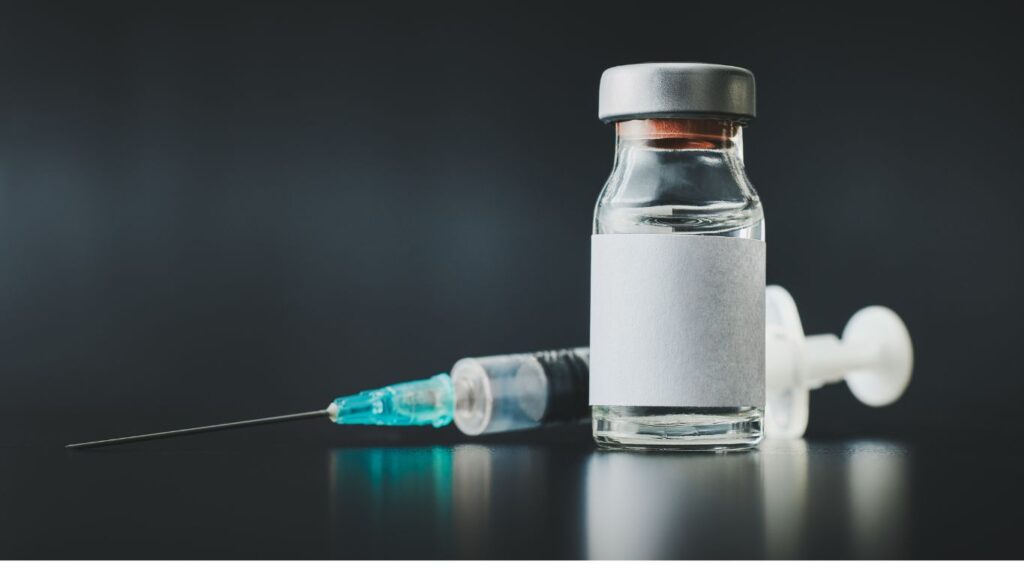Vaccination in adulthood is a pivotal component of preventive healthcare. It helps bolster immunity against infectious diseases, maintaining individual health and reducing the burden on communities.

- Vaccines work by training the immune system to recognize and combat disease-causing agents before they strike (Apollo Hospitals).
- Though adult vaccination coverage is lower than pediatric, it has substantial potential to improve public health outcomes (McKinsey & Company, PMC).
Health Benefits (Pros)
- Prevention of Illness and Complications
- Vaccines reduce the risk and severity of diseases like influenza, pneumonia, shingles, RSV, COVID‑19, HPV-related cancers, and more (San Francisco Chronicle).
- Reduction in Hospitalizations and Chronic Decline
- Adult immunization helps avoid serious complications, hospital stays, and loss of functional independence—especially in older adults (San Francisco Chronicle).
- Cancer Prevention (HPV)
- HPV vaccines prevent infections that can lead to cervical, penile, and anal cancers in adults of all genders (Verywell Health).
- Herd Immunity and Community Protection
- Milder and Safer Than Illness
- Vaccines undergo rigorous testing and surveillance. Side effects are typically mild and transient; serious reactions are exceedingly rare compared to disease risk (CDC).
- Potential Non‑Specific Effects
- Some vaccines may induce broader immune benefits or modulate responses to unrelated infections, though effects vary by vaccine type and require further study (Wikipedia).
Considerations and Risks (Cons)
- Side Effects
- Common: soreness, mild fever, fatigue, and injection-site discomfort. Serious adverse reactions are extremely rare (CDC).
- Rare Controversies and Non‑Specific Risks
- Some observational studies have suggested non-specific adverse effects (e.g., with certain inactivated vaccines) but remain inconclusive and prone to bias (Wikipedia).
- Inequities in Access and Uptake
- Disparities persist: racial/ethnic minorities and underserved populations often have lower vaccination rates due to barriers like trust, cost, or systemic issues (PMC).
- Vaccine Hesitancy and Misinformation
Global Trends: Growing Use Among Adults
- By end of 2023, over 13.6 billion COVID‑19 vaccine doses had been administered—predominantly to adults. Health workers (89%) and older adults (84%) had particularly high coverage (MDPI).
- HPV vaccine coverage among girls rose globally from 17% in 2019 to 31% recently—driven by expanded national programs (World Health Organization).
- Adult vaccination rates vary widely across cities and regions—correlating with socioeconomic indicators, education, and healthcare access (IQVIA).
- Despite increased supply and technological advances, adult immunization rates remain significantly below pediatric levels in many places, including the U.S. (McKinsey & Company).
- Barriers such as hesitancy, logistical challenges, and access limitations continue to limit broader adult vaccine adoption (Verywell Health).
Use by Gender
- Both men and women benefit from most standardized adult vaccines.
- The HPV vaccine, initially prioritized for girls to prevent cervical cancer, is now widely recommended up to age 45 for both men and women to prevent HPV-related cancers and warts (Verywell Health).
Summary Table
| Aspect | Highlights |
|---|---|
| Benefits | Disease prevention, fewer complications, cancer protection, community immunity, safe intervention |
| Risks/Cons | Mild side effects; rare serious reactions; inequitable access; misinformation-driven hesitancy |
| Global Uptake Trends | Massive COVID‑19 vaccination, improved HPV coverage, regional disparities, still lagging general uptake |
| Gender-Specific Notes | Vaccines applicable to all; HPV vaccines now recommended for both sexes up to mid‑40s |
References for Further Reading
- WHO on the efficacy and mechanism of vaccines (CDC, CDC)
- CDC on adult vaccination benefits and side effects (CDC)
- Verywell Health pieces on adult vaccination needs and trends (Verywell Health)
- SF Chronicle on top vaccines for older adults (San Francisco Chronicle)
- MDPI data on COVID‑19 adult vaccine rollout (MDPI)
- WHO on HPV coverage improvements (World Health Organization)
- IQVIA and Global Coalition on urban disparities in adult vaccine uptake (IQVIA)
- PubMed/National Library analysis on adult vaccination importance and system strategies (PMC, NP Journal, McKinsey & Company)
- Discussions on vaccine hesitancy and misinformation (Wikipedia)
Final Word
Adult vaccines are a cornerstone of public and personal health—effective, generally safe, and increasingly necessary. Their benefits, especially in preventing severe disease, preserving independence in aging, and reducing cancer risk, vastly outweigh the minimal risks. Yet, expanding access, addressing hesitancy, ensuring equity, and maintaining reliable communication remain critical to enhancing global adult vaccine uptake.


